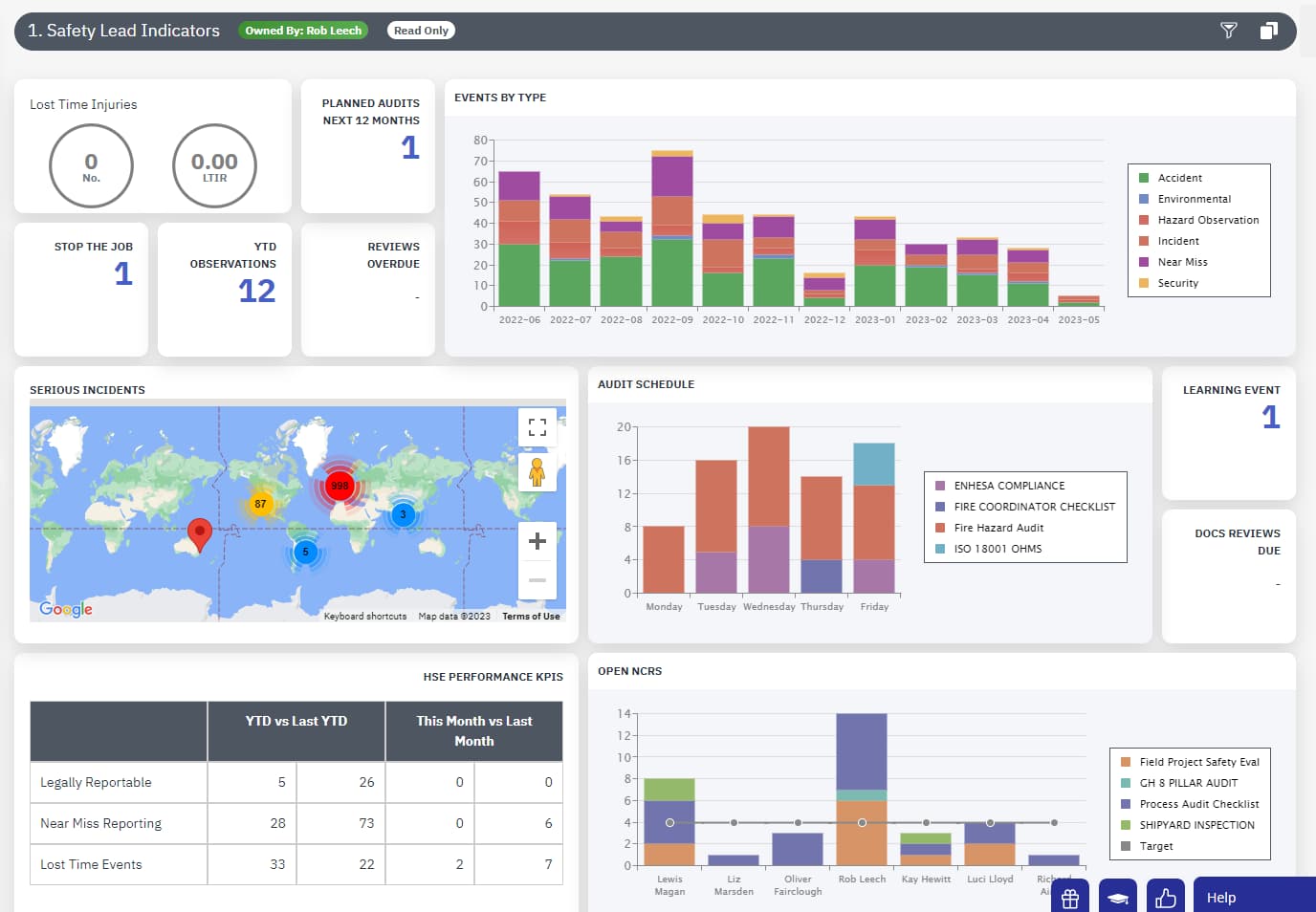Build a Safety Data Sheet Management Programme

Putting in place a comprehensive programme for managing safety data sheets (SDS) can appear to be a daunting process. Businesses may deal with hundreds if not thousands of chemicals in the workplace, which each requires its own SDS.
As your SDS is your primary source for chemical safety data, ensuring that they are updated and accessible to your employees is vital. But with new chemicals being added to your inventory, SDS’ expiring and no one source of truth, how can you keep on top of managing them?
This was the question Dermot Dinan, Sales Manager at EcoOnline aimed to answer in our webinar: ‘Build a Successful Safety Data Sheet (SDS) Management Programme’. Read on for the key webinar takeaways below!
Table of contents:
- What are your responsibilities as an employer?
- Building your SDS management programme in 8 steps
- Using software to manage your SDS
What are your responsibilities as an employer?
As an employer you have the following responsibilities to your employees:
- An employer and/or safety manager MUST ensure that every chemical in a workplace has a safety data sheet.
- All SDS’ must be kept up-to-date
- SDS’ must be made available to staff
Suppliers are required to provide clients with a SDS when a chemical product is purchased, but if they do not the employer is not absolved of culpability:
“In a case where a supplier is giving you a chemical and they cannot provide an SDS, but you accept the chemical anyway, you are both in the wrong’”
The SDS is a basic foundation for ensuring the safety of your staff – it’ is impossible to write a compliant COSHH or chemical risk assessment without first having an SDS.
It informs the safety measures and controls that you put in place and whether you choose to substitute one chemical for another. It also informs you of the correct storage procedure for the chemical in question, which is vital if you deal with large numbers of substances and mixtures.
All of this underlines the need for a sustainable SDS management system – but how can you achieve this?
Building your SDS management programme in 8 steps
Step 1: Design your template/system
Before anything else, it’s important to decide on what your system for managing SDS’ will look like. It can be as simple as an excel document that you continuously update, or you can explore various software options.
Whatever you choose, your system will need to contain some key pieces of information:
- Product name / manufacturer
- Product locations
- Document management information (revision date)
- Product Hazard information
At this stage you will also need to decide on how the system will be populated and maintained. Does it fall to the Health and Safety Manager? Will you delegate the responsibilities for sourcing SDS’ and updating the system to others within the business?
Finally, decide on the levels of system access that suit your business. While employees should be able to easily find an SDS, it’s unlikely all will need to edit them or make changes to the system.
Step 2: Document your structure
At this stage you should make note of all departments in your business, regardless of chemical usage. You cannot assume that you know where all chemicals are being used and stored throughout the organisation, particularly if there are multiple locations. While some worksites might appear obvious like a factory floor, you may be unaware of what chemicals are present in the sales office.
A good practice is to nominate at least one chemical safety leader in each department. This person should have a much more in-depth knowledge on what chemicals are onsite. It’s especially important that they keep you informed of any new chemicals that are purchased.
Step 3: Build your inventory
Sourcing SDS’ is often confused with building a chemical inventory – the chemical inventory is your basis for what SDS’ you need to source.
To get the most accurate information of chemicals are being used onsite, design a simple template for use across the organisation. This will enable you to collect product information by department. Your template should cover:
- Full product name e.g. “Bleach” Vs “Domestos Bleach Original”
- Full manufacturer name ––(Preferable to supplier name)
- Product Codes essential for laboratory chemicals
It’s important that all information comes back in a consistent format. This will make it easier to collate accurate chemical data in a central location.
Step 4: Source your Safety Data Sheets
Sourcing an SDS can be a time-consuming task. It usually involves direct contact with a manufacturer, either by phone or email, though increasingly chemical manufacturers are making SDS’ available on their websites.
If possible, source all of your SDS’ at the same time, and do this centrally. This prevents duplication of products and manufacturers. If you need to delegate the task, it’s better to do this by manufacturer.
Remember that it is always preferable to source and update your SDS from a manufacturer, not supplier, who may not provide the most up-to-date SDS.
At this stage you should also check if the sourced SDS is for a specific product and is compliant with local legislation. For example, post-Brexit one SDS is not suitable for both the EU and UK. You should also check that it is in the appropriate language.
Step 6: Distribution
As said previously, your SDS must be available to all staff. Your full inventory should also be made available in the event of an emergency.
Ideally, your SDS should be available as soft copies stored on one central system. These can be distributed through file sharing systems. Dedicated SDS management software can also automatically log revision and update dates, while search capabilities make it easier to search through hundreds of entries.
Sometimes you may have no other alternative then a hard copy SDS. In that case, strict procedures must be put in place to ensure these are kept up to date with a soft version.
Step 7: Maintaining Existing Products
A common mistake made when building a chemical inventory is that once the project is completed, the inventory remains static. Ideally inventories/systems should be revisited on an annual basis – this includes checking with manufacturers for revised SDS’.
As stated above, include the checked date for an SDS, even if no update was made.
Remember to archive old versions of an SDS, staff should only see the most up-to-date version. You can keep older versions on file, but ensure they are not accessible in a way that might cause confusion.
Step 8: Adding new products
Our last step covers adding new products to your inventory and SDS’ to your management programme.
You (whoever is in charge of maintaining the system) should be informed when a new chemical has been purchased. New products should always be added to the chemical inventory BEFORE they appear on a worksite. The same goes for an SDS, a product without one should not be used by employees.
In some cases, employees that request a specific product are in charge of sourcing its SDS. However if you are coming from a low base of compliance, the key concern is that you are informed of what is being brought into the organisation.
Ready to build your SDS management programme? Here’s how software can help:
As we have seen, constructing an SDS management programme is a long-term task requiring a high investment of time. If you are the only person responsible for health and safety in your organisation, it’s easy to become overwhelmed with the workload.
Using an online system like EcoOnline’s SDS management software lets you gather all information in one centralised location. Easily identify products, hazards and level of risk in your company using internal numbers and synonyms. Our team of experts also ensures that your SDS are compliant with local legislation.














